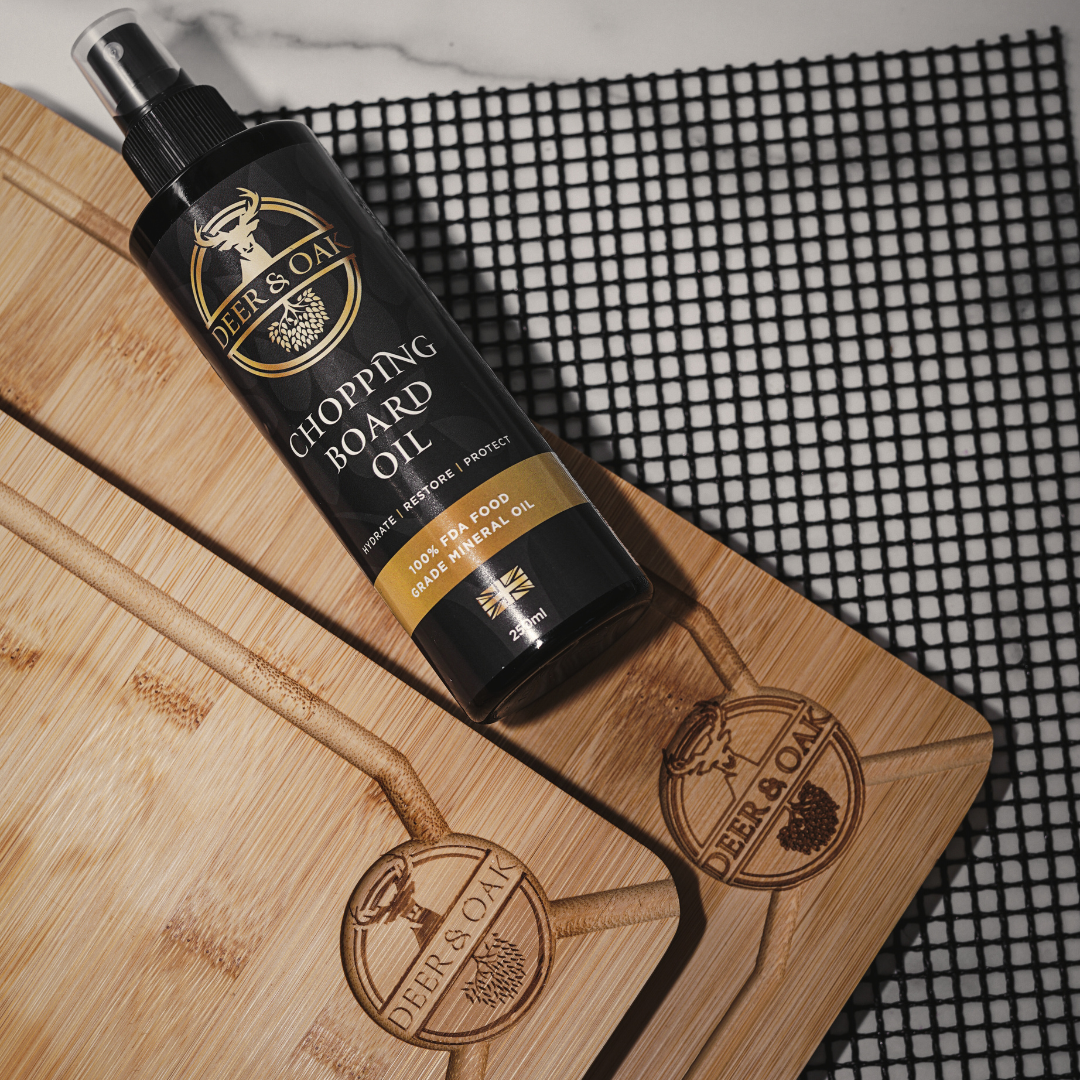
How to Wash Bamboo Chopping Board
Bamboo chopping boards are an essential kitchen tool, renowned for their durability, eco-friendliness, and aesthetic appeal. Proper maintenance is crucial to extend their lifespan and ensure they remain safe and hygienic for food preparation. In this guide, we will explore the best practices for washing and caring for your bamboo chopping board, ensuring it remains a staple in your kitchen for years to come.
Why Choose Bamboo Chopping Boards?
- Eco-Friendly Choice: Bamboo is a sustainable resource, growing quickly and requiring minimal pesticides.
- Durability: Bamboo chopping boards are tough, resisting knife scars and warping.
- Antibacterial Properties: Bamboo has natural antibacterial properties, making it a hygienic choice for food preparation.
Essential Supplies for Cleaning Bamboo Chopping Boards
- Mild dish soap
- Warm water
- Soft sponge or cloth
- White vinegar or lemon juice
- Baking soda
- Food-grade mineral oil
Step-by-Step Guide to Washing Bamboo Chopping Boards
Step 1: Immediate Rinse
After each use, rinse your bamboo chopping board with warm water to remove food particles and prevent staining. Avoid soaking it in water as prolonged exposure can cause the bamboo to warp.
Step 2: Gentle Scrub
Using a soft sponge or cloth and mild dish soap, gently scrub the surface of the board. Avoid using harsh scrubbing pads or brushes that could damage the bamboo fibres.
Step 3: Rinse Thoroughly
Rinse the board thoroughly with warm water to remove any soap residue. Soap residue can affect the taste and safety of foods prepared on the board.
Step 4: Dry Completely
Dry the board immediately with a clean towel. Ensure the board is completely dry before storing it to prevent mould and mildew growth.
Deep Cleaning and Deodorising
For a more thorough clean, especially after cutting raw meat, you can use natural disinfectants like white vinegar or lemon juice.
Using White Vinegar
- Mix equal parts white vinegar and water.
- Wipe the board with the solution and let it sit for a few minutes.
- Rinse thoroughly with warm water and dry completely.
Using Lemon Juice and Baking Soda
- Sprinkle baking soda on the board.
- Rub a halved lemon over the surface, allowing the juice to mix with the baking soda.
- Let it sit for a few minutes, then rinse thoroughly with warm water and dry completely.
Regular Maintenance: Oiling Your Bamboo Chopping Board
Oiling your bamboo chopping board regularly is essential to maintain its durability and prevent it from drying out.
Choosing the Right Oil
Use food-grade mineral oil or specialised bamboo board oil. Avoid using vegetable or olive oil as they can go rancid.
How to Oil Your Board
- Apply a generous amount of oil to the surface of the board.
- Rub it in with a clean cloth, ensuring even coverage.
- Let the oil soak in for at least a few hours, preferably overnight.
- Wipe off any excess oil with a clean, dry cloth.
Tips to Avoid Common Mistakes
- Avoid Soaking: Never soak your bamboo chopping board in water.
- No Dishwasher: Do not put your bamboo chopping board in the dishwasher. The heat and water can cause warping and cracking.
- Avoid Harsh Chemicals: Stick to mild soaps and natural cleaners.
Storing Your Bamboo Chopping Board
Proper storage is crucial to maintain the integrity of your bamboo chopping board.
Air Circulation
Store your board in a well-ventilated area to ensure it stays dry. Avoid stacking multiple boards or placing them in enclosed spaces immediately after use.
Vertical Storage
If possible, store your bamboo chopping board upright. This helps with air circulation and prevents moisture buildup.
Troubleshooting Common Issues
Removing Stubborn Stains
- Make a paste of baking soda and water.
- Apply the paste to the stain and scrub gently with a soft sponge.
- Rinse thoroughly and dry completely.
Dealing with Odours
- Sprinkle salt over the board.
- Rub with a halved lemon, squeezing juice onto the surface.
- Let it sit for a few minutes before rinsing and drying.
Benefits of Proper Maintenance
Maintaining your bamboo chopping board not only extends its lifespan but also ensures it remains a safe, hygienic surface for food preparation.
Conclusion
Proper care and maintenance of your bamboo chopping board are essential for its longevity and your kitchen's hygiene. By following the steps outlined in this guide, you can keep your board in excellent condition, ensuring it remains a trusted kitchen tool. For high-quality bamboo chopping boards, consider checking out Deer & Oak Bamboo Chopping Board and Deer & Oak Butcher's Block.
FAQs
What should I avoid when cleaning my bamboo chopping board?
Avoid soaking the board in water, using the dishwasher, or applying harsh chemicals. These practices can damage the board and reduce its lifespan.
How often should I oil my bamboo chopping board?
Oiling your board once a month is generally sufficient, but it depends on how frequently you use it. If it starts to look dry, it’s time to oil it.
Can I use vinegar to disinfect my bamboo chopping board?
Yes, white vinegar is an excellent natural disinfectant for bamboo chopping boards.
What should I do if my bamboo chopping board cracks?
If your board develops small cracks, sand them down and re-oil the board. For significant cracks, it may be time to replace the board.
Are bamboo chopping boards suitable for all types of food preparation?
Yes, bamboo chopping boards are versatile and can be used for fruits, vegetables, meats, and more. Just ensure proper cleaning, especially after cutting raw meat.
Deer & Oak Butcher's Block, Deer & Oak Bamboo Chopping Board and Deer & Oak Chopping Board Oil is available at deerandoak.co.uk and Amazon UK.
